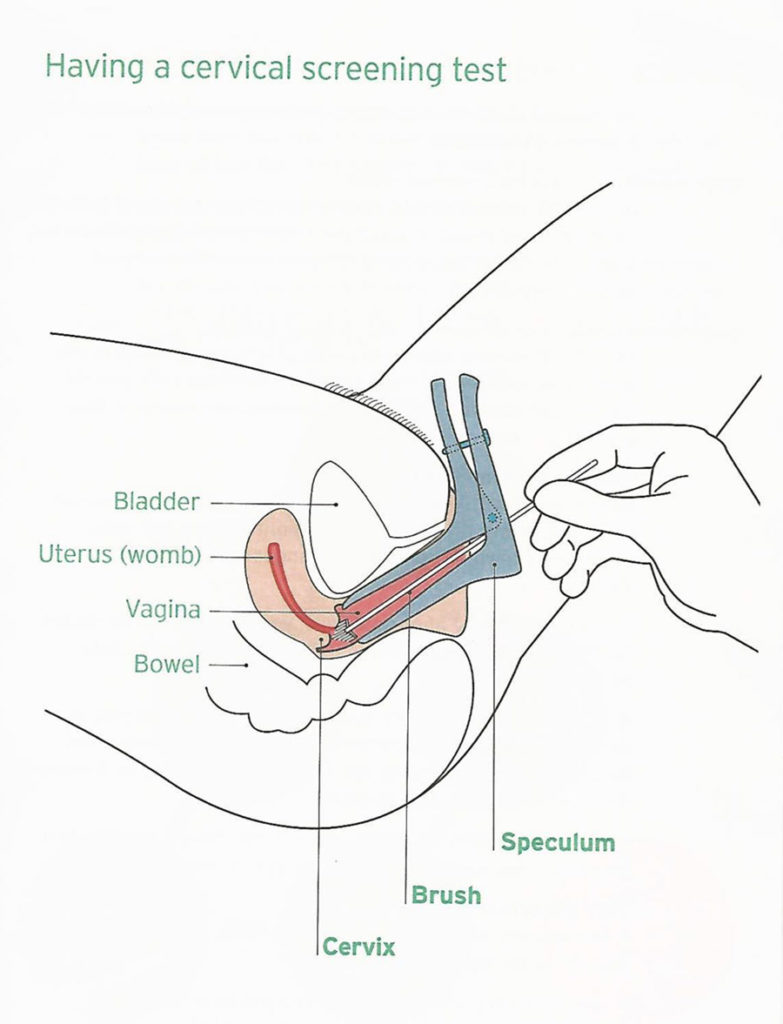3 WAYS TO STAND OUT FROM THE CROWD
10th April 2019BROCCOLI SOUP
2nd May 2019Cervical Screening
CERVICAL SCREENING
Found a brochure in my letterbox sent from NHS. It is better to keep it in here for me for future reference.
Cervical screening helps prevent cervical cancer, which my mom had. It saves as many as 5,000 lives from cervical cancer each year in the UK.
The NHS offers cervical screening to all women aged 25 to 49 every 3 years (In Turkey it is every year) and to all women aged 50 to 64 every 5 years. This is because most cervical cancers develop in women aged 25 to 64.
WHAT IS CERVICAL CANCER?
Cervical cancer happens when cells in the cervix grow in an uncontrolled way and build up to form a lump (also called a tumour). As the tumour grows, cells can eventually spread to other parts of the body and become life-threatening.
Your cervix is the lowest part of your uterus (or womb), and it is found at the top of your vagina.
WHAT CAUSES CERVICAL CANCER?
Nearly all cervical cancers are caused by a virus called human papillomavirus (or HPV for short).
HPV is a very common virus – most people will be infected with it at some point in their life. It can be passed on through any type of sexual activity of HPV, but only some of them can lead to cancer.
The types of HPV which cause cervical cancer can infect your cervix without causing any symptoms at all. In most cases, your immune system can get rid of the virus without you ever knowing you had it. But sometimes, HPV infections can cause cells in your cervix to become abnormal.
Usually, your body can get rid of the abnormal cells and your cervix returns to normal. But sometimes this doesn’t happen, and the abnormal cells can go on to develop into cancer.

WHAT IS CERVICAL SCREENING?
Cervical screening (which used to be called the ‘smear test’) involves taking a small sample of cells from the surface of your cervix. The sample is sent to a laboratory and checked under a microscope to see if there are any abnormal cells. Abnormal cells are not cancer, but they could develop into cancer if they are left untreated.
Depending on the result of your test, your sample may be tested for the types of human papillomavirus (HPV) that can cause cervical cancer.
As a next step you may be offered another test (called a colposcopy) to look at your cervix more closely. If the person carrying out the colposcopy finds abnormal cells, they will suggest that you have the cells removed, usually during another colposcopy. This is how screening can prevent cervical cancer.

WHAT IS A COLPOSCOPY?
A colposcopy is a test to see how much of your cervix contains abnormal cells and how serious these are. It is usually carried out in an outpatient clinic at hospital. A specialist will take a close look at your cervix using a magnifying lens and a light (called a colposcope). They may take a small sample (a biopsy) to check any areas of your cervix which look unusual. If the abnormal cells are serious, you may need treatment to remove the cells. This helps prevent cervical cancer.




